How Far You Can See With 10×50 Binoculars?
Last Updated on
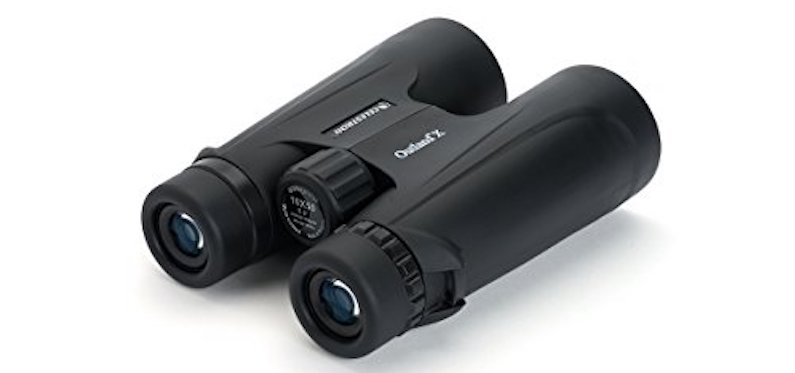

How Far Can the Human Eye See?
An average human eye with 20×20 vision can see for about 30 miles if there’s nothing in the way. 10×50 binoculars magnify your normal vision 10 times, so theoretically, you can see for 300 miles. Unfortunately, there’s no easy answer to the question: How far can you see with 10×50 binoculars? Let’s go with “pretty far” for right now.
Consider Distance
Unless you’re an astronaut, you’ve probably never seen a completely unobstructed 30-mile view. When looking upward, air, light pollution, and the layers of Earth’s atmosphere get in the way. However, with sufficient magnification, it’s still possible to see awesome things like the moons of Jupiter and even faraway galaxies.

When looking forward, the curvature of the Earth makes it impossible to see beyond a certain point. For a 6-foot-tall person standing at sea level, the horizon is about 3 miles away. The higher you climb, the more you’re able to see — high-powered binoculars get more useful at higher vantage points.

Technically, based on the information and speculation above, you should be able to achieve 20×20 human eye vision at 30 miles with your 10×50 binoculars. That is, until you look at something farther away. And that’s where things get complicated. We’re here to make things simple.
Of course, we still haven’t answered the question completely. How far you see with 10×50 binoculars is directly related to what you’re looking at. But before we go any further, we must understand the following concepts to get a complete answer to the question.

What Is Binocular Strength?
Binoculars are classified into types by their magnification strength, with “10×50” being just one example. Other common sizes include 8×25 and 10×42. But what do those numbers represent?
To understand binocular strength, split the number into two parts. The first part – magnification – describes how much bigger objects appear through the binoculars than through your normal eyesight. If the strength begins with “10x,” anything you see through the binos will look 10 times larger.
The second part represents the measurement of the objective lenses, which are the two lenses on the front of the pair of binoculars. Lenses are measured in millimeters. So, 10×50 means you can see things magnified 10 times, through a 50mm lens. In the next section, we’ll explain why lens size is important.
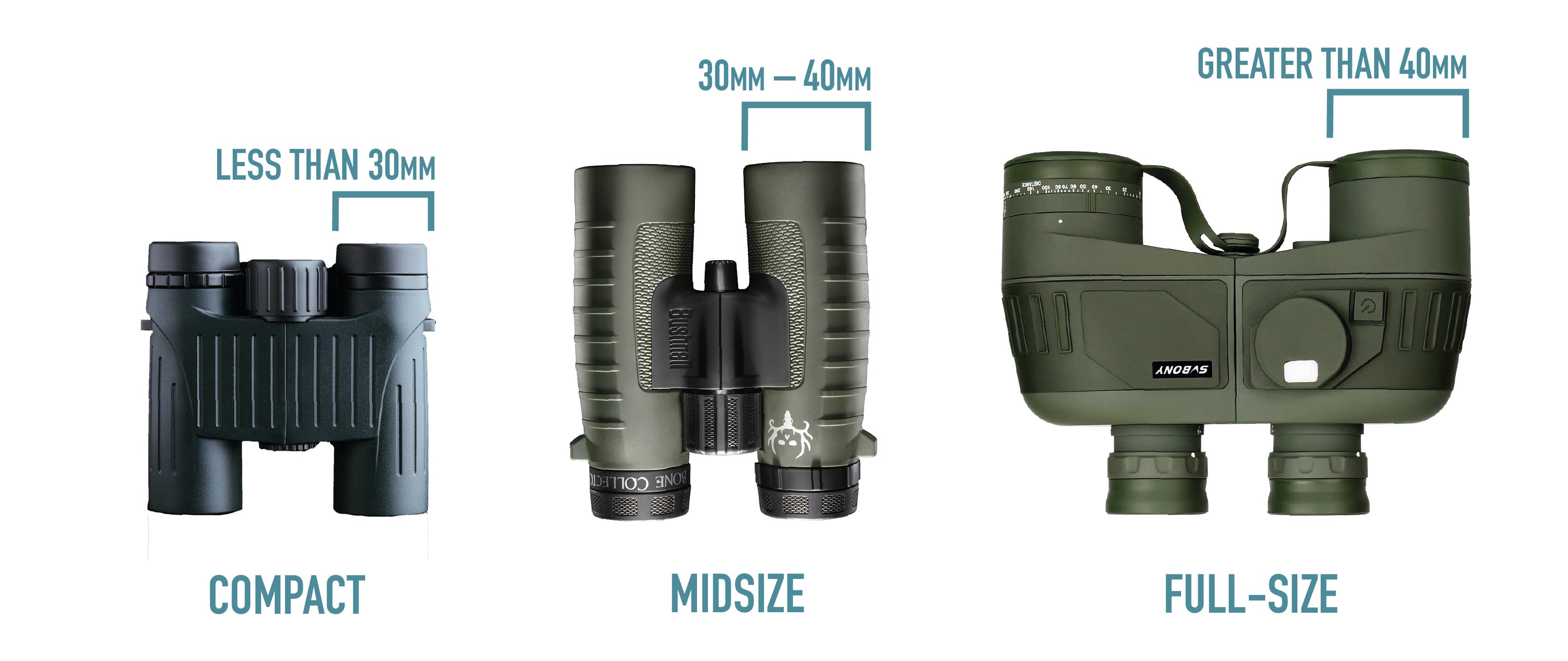
Understanding Lenses
Bigger objective lenses on binoculars let in more light. This makes them better at transmitting clear images in dark environments, a lot like your pupils grow to see better in dark rooms.
Bigger Isn't Always Better
A bigger lens isn’t always better. Remember that your pupils also shrink in broad daylight so that you don’t get blinded. In the same way, if your binocular lenses are too big, the picture they give you in full sunlight will be less clear. That means you’ll want to go for a smaller lens if you’ll be glassing in full sunlight, and a larger lens for darker environments (such as stargazing, early morning, or late evening viewing).
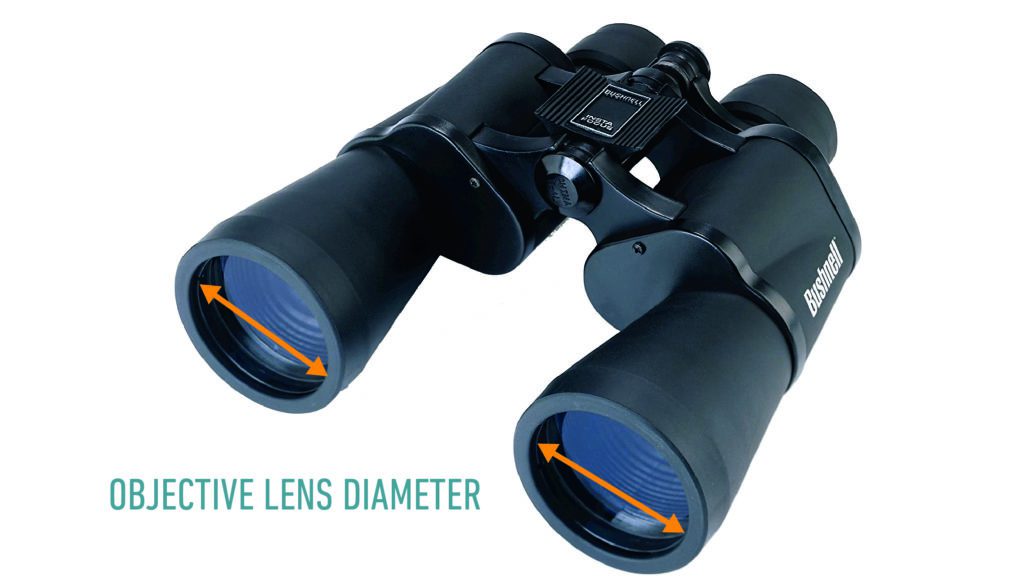
Understanding Magnification
By the same token, more magnification doesn’t necessarily mean better binoculars.
A more magnified image requires more stability. Think about the math: when looking at an image magnified 10 times, each movement of the binocs will be 10 times more visible. The minute shaking of your hands, coughing or sneezing, shivering in the cold, gusts of wind, etc. can wildly throw off your aim.
Your field of view is affected by magnification, too. With lower powered magnification, you get a wider field of view and vice versa.
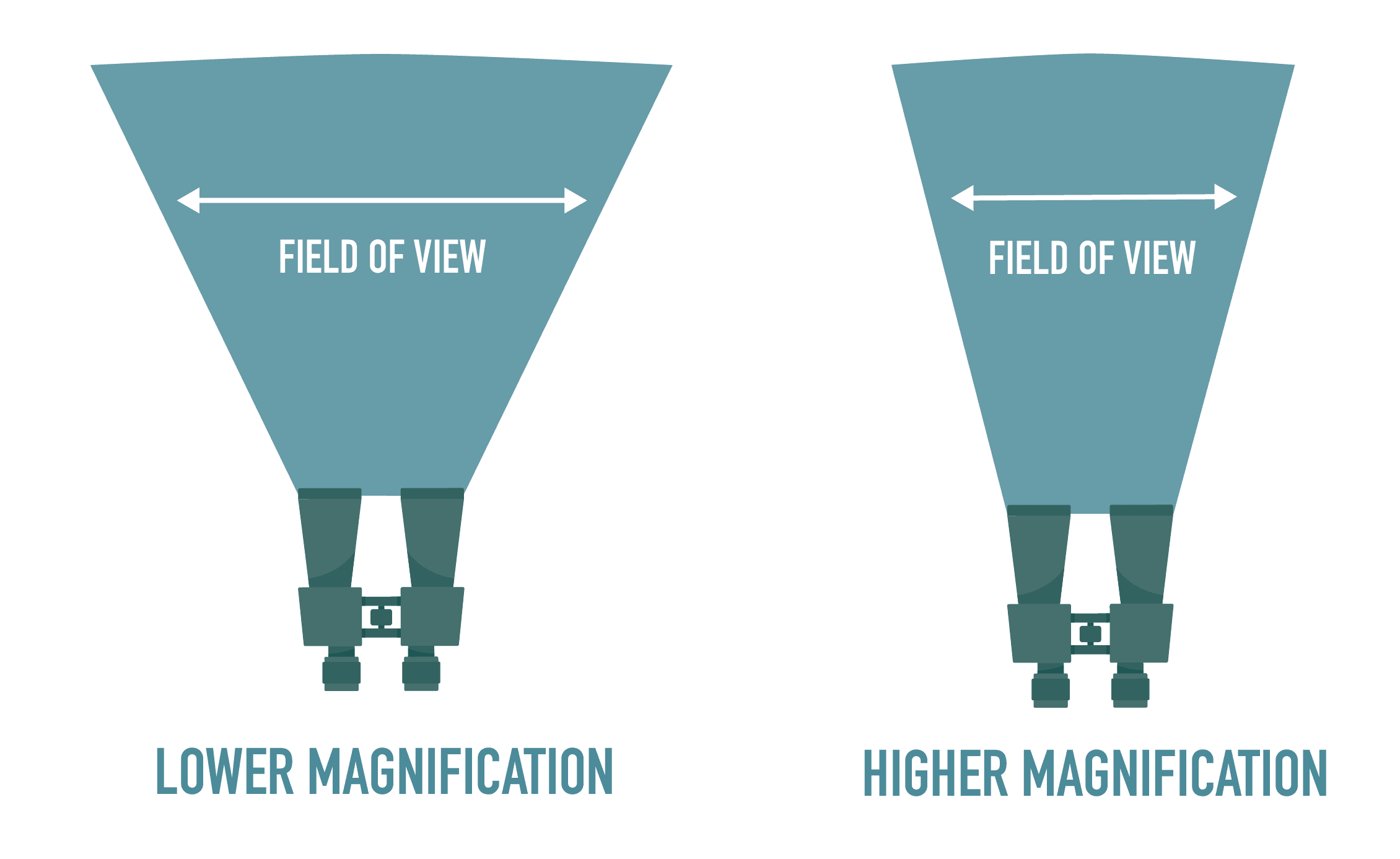
For that reason, you shouldn’t always use the highest magnification possible. Depending on what you use your binoculars for, you won’t always want as much as 10x. For instance, an 8×42 model is perfect for watching wildlife from a distance.

5 Things To Look for With Your 10×50 Binoculars
So, you’ve taken the plunge and purchased a perfect pair of 10×50 binos. How can you get the best experience out of your new hardware? Easy — seek out one of the most amazing sights you can see with a good pair of lenses. Below are the 5 most common uses for 10×50 binoculars.
1. The Moon
On a clear night in a rural area, you can get a crisp view of the moon’s craters and rock formations, providing hours of mesmerizing glassing.
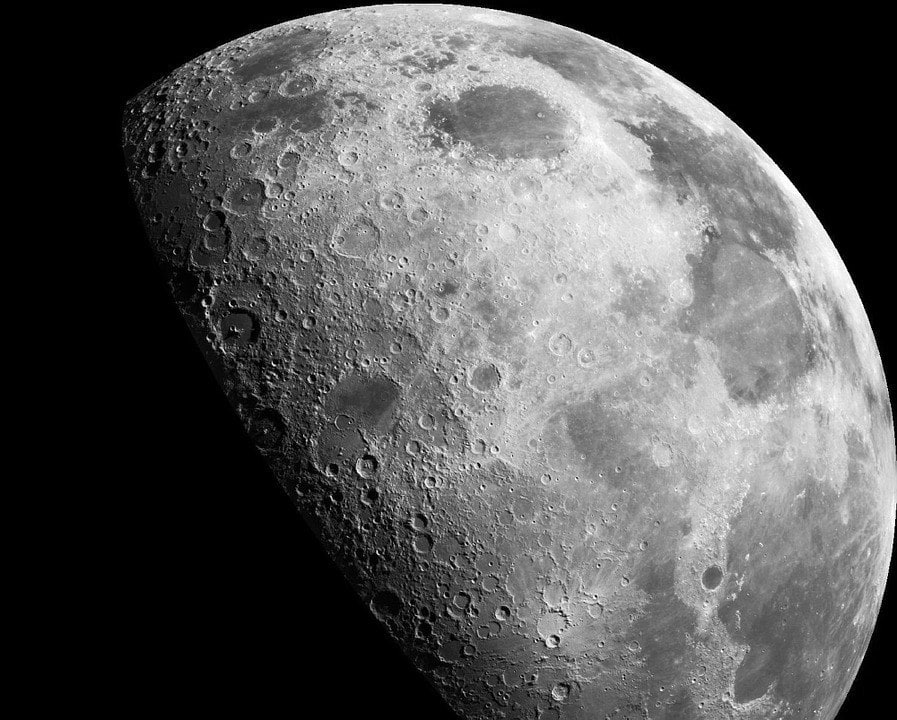
2. Birds in Thick Foliage
The larger size of a 50mm lens will give you a more detailed view through heavy shadows, helping you spot the most elusive birds.

3. Planets
They won’t quite be the sizes you’d see through a telescope, but with 10×50 binos, you’ll be able to see all 8 planets — plus non-planet objects like Pluto, Ceres, and the Asteroid Belt.

4. Galaxies and Star Clusters
In 1771, French astronomer Charles Messier identified 110 different deep-sky objects, including nebulae, star clusters, and galaxies. If he could find them with 18th century technology, you’ll be able to spot the brightest of them easily.

5. Satellites
This includes the moons of Jupiter and Saturn, plus space stations and man-made satellites in Earth’s orbit. However, it’s a challenge to track objects like the International Space Station, given how fast they move relative to the surface.


Conclusion
So, how far you see with 10×50 binoculars? There’s a beautiful, colorful world out there, full of vibrant things to discover. 10×50 binoculars are one of the best ways to see everything our planet and sky have to offer. Grab a pair, or whatever else you’ve got at hand, and get out there!
See also:
Table of Contents
About the Author Robert Sparks
Robert’s obsession with all things optical started early in life, when his optician father would bring home prototypes for Robert to play with. Nowadays, Robert is dedicated to helping others find the right optics for their needs. His hobbies include astronomy, astrophysics, and model building. Originally from Newark, NJ, he resides in Santa Fe, New Mexico, where the nighttime skies are filled with glittering stars.
Related Articles:
Can You Use Binoculars to Look At Stars? How to Choose the Right Pair
How to Clean a Refractor Telescope: Step-by-Step Guide
How to Clean a Telescope Eyepiece: Step-by-Step Guide
How to Clean a Rifle Scope: 8 Expert Tips
Monocular vs Telescope: Differences Explained (With Pictures)
What Is a Monocular Used For? 8 Common Functions
How to Clean a Telescope Mirror: 8 Expert Tips
Brightfield vs Phase Contrast Microscopy: The Differences Explained
